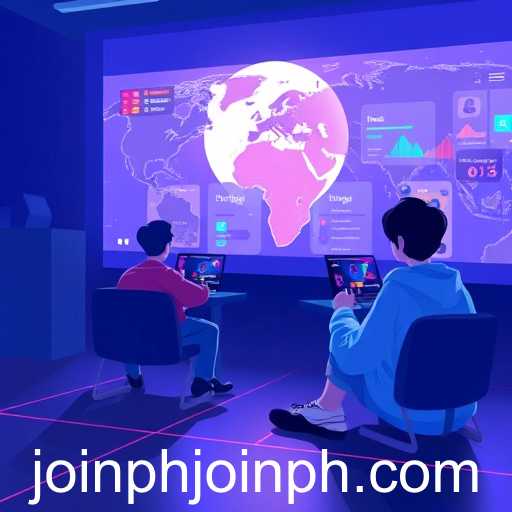In today's rapidly advancing digital age, the intersection of education and technology has opened new avenues for learning. Among these innovative approaches is the use of gaming to enhance language acquisition, a method growing increasingly popular on platforms such as the English game website known by the keyword 'phjoin'.
The term 'phjoin', while not widely recognized beyond its initial sphere, represents a dynamic shift in how learners engage with the English language. This platform, like many others, gamifies language acquisition, making it an interactive and enjoyable journey rather than a monotonous task. As the world navigates through 2025, such tools have proven instrumental in bridging educational gaps, particularly in regions where traditional language learning resources are lacking.
Harnessing the dynamics of gaming, these platforms offer a suite of features that cater to diverse learning styles. Real-time feedback, competitive scoreboards, and collaborative tasks are but a few of the elements that encourage continuous engagement and improvement. Moreover, the competitive aspect of gamification fosters a healthy learning environment, motivating learners to achieve personal bests and surpass their peers.
However, the influence of gaming platforms on language learning extends beyond individual results. Worldwide, educators and policymakers are progressively recognizing the value of integrating digital tools into curriculums. Reports indicate that students exposed to guided gaming activities show improved retention rates and a greater propensity to engage with challenging material.
It's not just formal education systems embracing these changes. The corporate sector is also observing the potential benefits, utilizing similar tools to enhance workplace communication skills and facilitate smoother onboarding processes for non-native English speakers. Furthermore, as remote work becomes a norm, language proficiency is an increasingly valuable asset; thus, companies place high value on these interactive modules.
Despite the promising advancements, challenges remain, particularly concerning access and the digital divide. Not all regions have equal opportunity to benefit from these technologies. Nevertheless, the ongoing development of online educational platforms aims to bridge these gaps, ensuring that language learning tools reach wider audiences globally.
As we move forward, it is essential for stakeholders in education and technology to collaborate, ensuring that these digital platforms remain user-centered and inclusive. The key will be continuous innovation and adaptation to the ever-changing landscape of language learning, ensuring that tools like those linked to 'phjoin' can empower learners worldwide.





